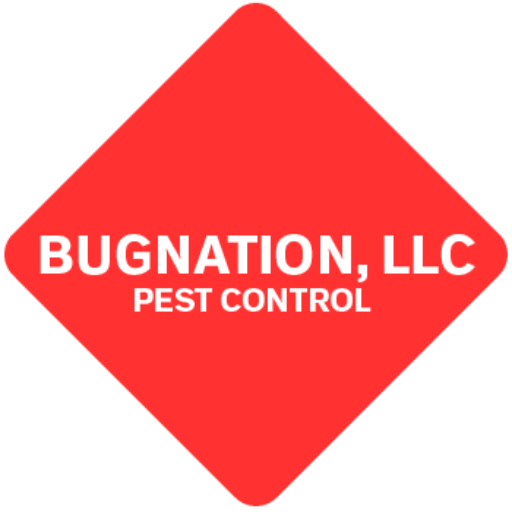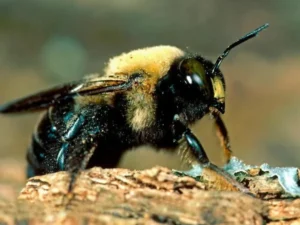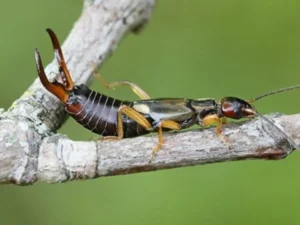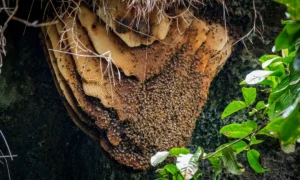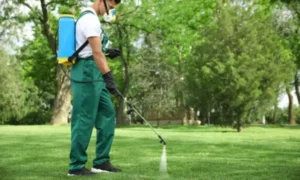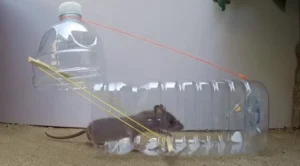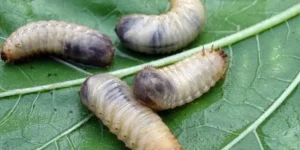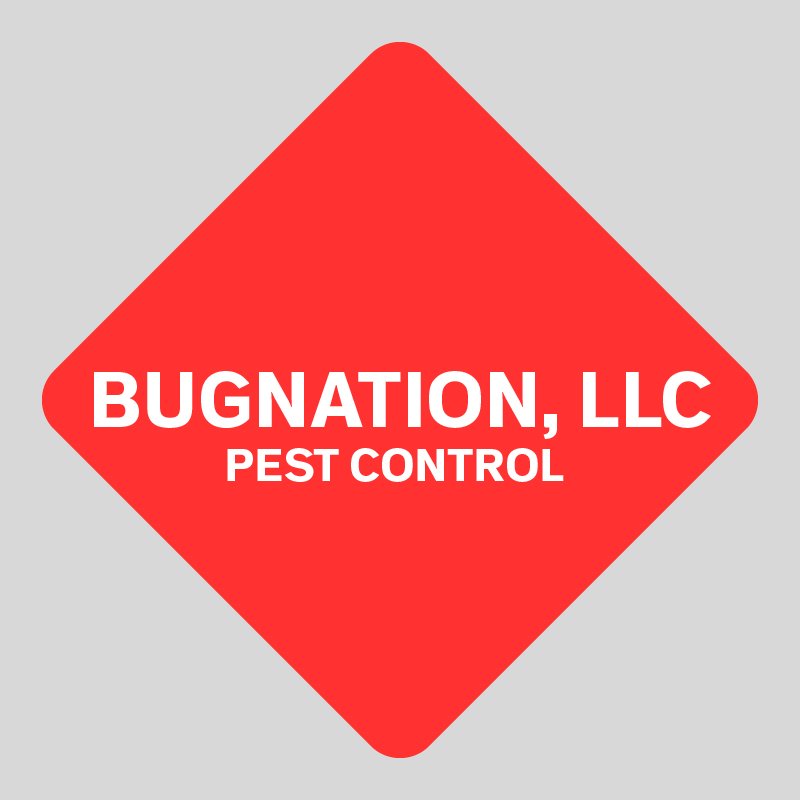What if a casual drink of coffee suddenly turns into worry about an ant colony underneath your car? Everyone understands how disturbing it is to look at ants across the dashboard. However, the good thing is, there are effective ways to get rid of ants from your car. It is easy to handle their presence without using chemical sprays. The following guide provides effective ways to eliminate ants, along with methods that will help keep them away. Follow these, and your car will return to its complete ownership because ants will no longer be present.
Methods You Can Follow To Get Rid of Ants from Your Car?
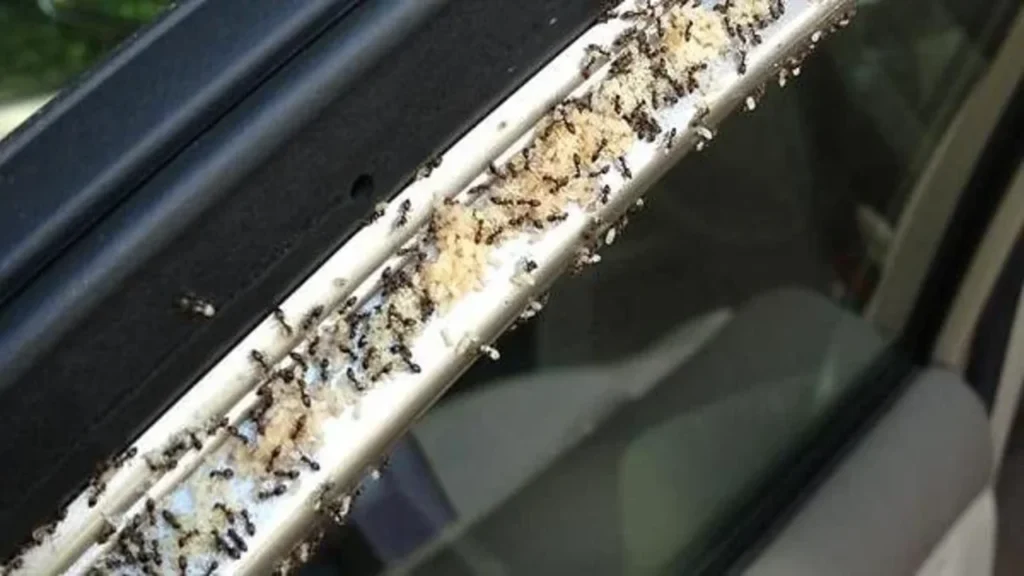
As experts, we understand how difficult it is to deal with ants in your car, especially when you are unclear about their entry point into the vehicle. There always exists a permanent solution of every issue. Following proper methods with patience, allows you to remove ants effectively along with blocking future return attempts. This section outlines straightforward and effective methods for eliminating ants from your car.
Method 1: Clean Your Car Thoroughly
1. Remove All Trash
Begin your pest control operation by removing all available garbage items that might attract ants such as food packaging, beverages and waste materials.
2. Take Out Floor Mats
Take floor mats outside the vehicle to shake and deploy them before returning them to their position. It is necessary to vacuum or wash them with soap and water when the floor mats show signs of being dirty.
3. Wipe Down All Surfaces
Car-safe cleaners or water with vinegar solutions work best to remove spills from dashboard areas, as well as cup holders and interior door and edge surfaces.
4. Check the Trunk and Glove Box
Inspect all vehicle storage compartments, including the trunk and glove compartment, and pockets, since ants will infiltrate any spot containing debris or food.
Method 2: Remove All Food and Trash.
1. Check Every Corner
A thorough examination of your car for food and waste must be your first step. Inspection must extend to all areas of your car such as under seats and between cushions and cup holders and inside glove compartments. Due to their attraction to food residue ants will seek out any spot regardless of its size.
2. Clear the Floor and Seats
Clear away all snack wrappers, food containers, and remaining food items from seats and floor mats. Any tiny amount of food will attract ants from the surrounding area.
3. Empty Cup Holders and Consoles
The areas where cups rest and items are stored in vehicles are known locations for soft drink spills and lost food waste. Wipe these compartments clean, removing all debris that may be present.
4. Dispose of the Trash Properly
The trash and food collection should be disposed of immediately through an outdoor trash container. Place the trash bag in an outdoor Dumpster instead of leaving it inside your vehicle, as doing so will not deter ants from being attracted to it.
Method 3: Use Natural Ant Repellents
1. Choose Your Repellent
Natural repellents suitable for insect control include vinegar as well as lemon juice and peppermint oil and cinnamon. The listed methods proves to be both safe and effective solutions.
2. Make a Spray Solution
Put an equal amount of water and vanilla extracts or lemon juice into a spray container. Use a water container to combine peppermint or tea tree oil drops (10-15 drops) with water.
3. Spray Affected Areas
Put an equal amount of water and vanilla extracts or lemon juice into a spray container. Use a water container to combine peppermint or tea tree oil drops (10-15 drops) with water.
4. Wipe Down Surfaces
Wipe down the areas treated by spraying using a clean cloth because this step removes leftover ant trails along with preventing ant reappearances.
5. Reapply as Needed
Reapply the repellent every few days or after cleaning, as its effectiveness may decrease over time.
Method 5: Consult a Pest Control Professional
1. Assess the Situation
Moving forward with professional pest control service becomes necessary when Home remedies fail to manage the ant infestation or expose a greater intensity of the problem. Professionals should be sought if your ant control methods repeatedly fail to prevent future invasions.
2. Find a Reputable Pest Control Service
Find pest control companies that specialize in treating car infestations, together with indoor pests. Investigate review pages while seeking referrals from customers who experienced similar pest problems.
3. Schedule an Inspection
Arrange a schedule with your selected pest control service to examine your automobile. After evaluation of the insect damage, the professional will outline appropriate treatment solutions.
4. Discuss Treatment Options
Get acquainted with the pest control professional about the available treatment options. Check with pest control experts about their non-harmful cleaning solutions since they matter most to your car’s interior surfaces.
5. Follow Up
Treatment instructions will include both car cleaning requirements and specific areas to avoid for a designated period after completion. Schedule follow-up appointments with our experts.
Conclusion:
Car owners should not fear ant infestations, although managing them requires proper execution of ant control methods. You can solve the ant problem in your vehicle with any number of useful approaches that range from frequent car cleaning to home-based remedies and expert ant control solutions. Staying proactive and consistent during your ant prevention efforts will produce results since you should address the problem before infestations occur. You can take back your vehicle by putting in effort, along with waiting patiently, and preventing future ant infestations permanently. The elimination of a snack wrapper represents a significant contribution to ant prevention.
FAQ’s
What is the best home remedy to kill ants?
The best home remedy to kill ants is a mix of white vinegar and water. Spray it on trails and entry points to disrupt their scent paths and repel them.
How do I get rid of ants ASAP?
The quick solution to eradicate ants involves removing food residues coupled with ant sprays and traps and using vinegar or lemon to clean scent trails from surfaces.
